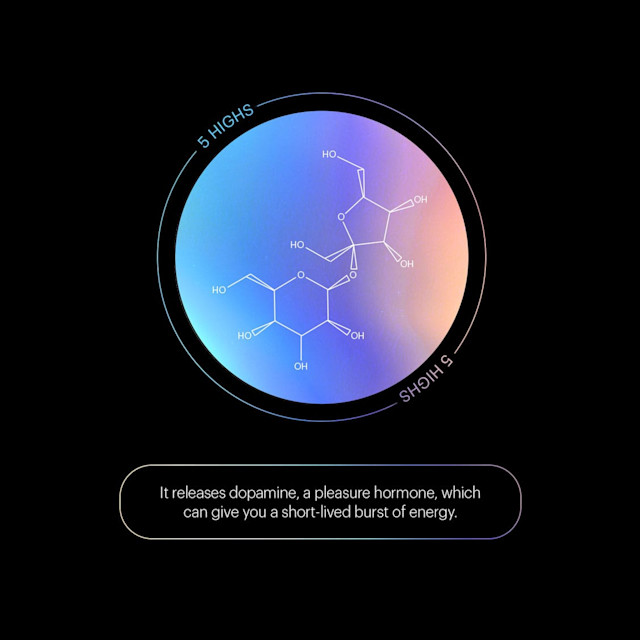
SUGAR
Short-term impact: It releases dopamine, a pleasure hormone, which can give you a burst of energy. Sugar is a major source of fuel for the brain so you may feel a high after indulging in a celebratory dessert, but it’ll be short-lived. Research found that fatigue sets in 30 minutes after eating sugar and alertness drops after an hour.
Long-term impact: Any pleasure-based activity can lead you to come back for more as your brain seeks to repeat the reward. “It’s a very demanding organ and it can grow hungry for sugar,” says Indra Cidambi, MD, a psychiatrist, addiction specialist, and medical director of the Center for Network Therapy in Middlesex, New Jersey. The more you turn to it, the more dull your high will be.
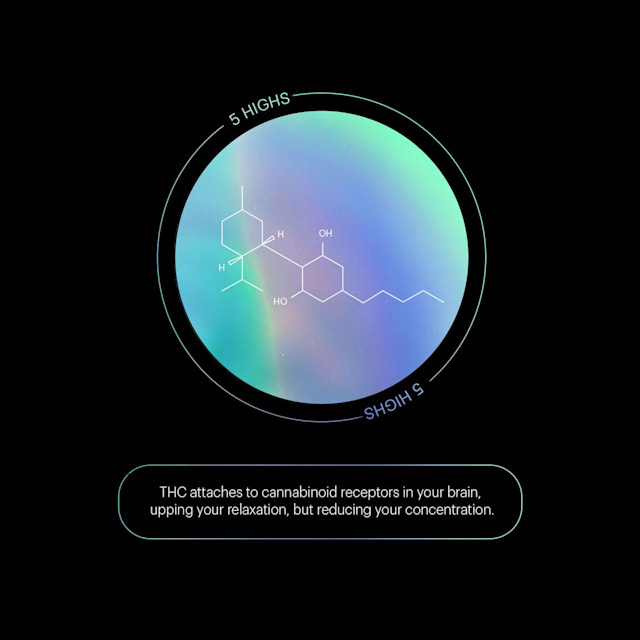
WEED
Short-term impact: THC, the main psychoactive chemical in marijuana, attaches to molecules called cannabinoid receptors that normally react to natural THC-like chemicals (endocannabinoids) in your brain. Its pain-relieving powers can make you feel happy and relaxed. Because it’s not a naturally-occurring compound, THC interferes with normal brain functioning, impairing concentration and coordination as well as skewing your perception of time. CBD, another main compound in cannabis, won’t make you high. But it does interact with serotonin receptors, which can help with mood and anxiety, Morrison says.
Long-term impact: “THC is a hallucinogen that alters the ability to form new memories and react quickly,” says Morrison. But a 2016 study found that for every five “marijuana-years” (in which you use every day), people remember one fewer word in a list of 15 compared to non-users. Other research shows weed hurts memory, learning, and cognition while you’re high, but not necessarily after it wears off.
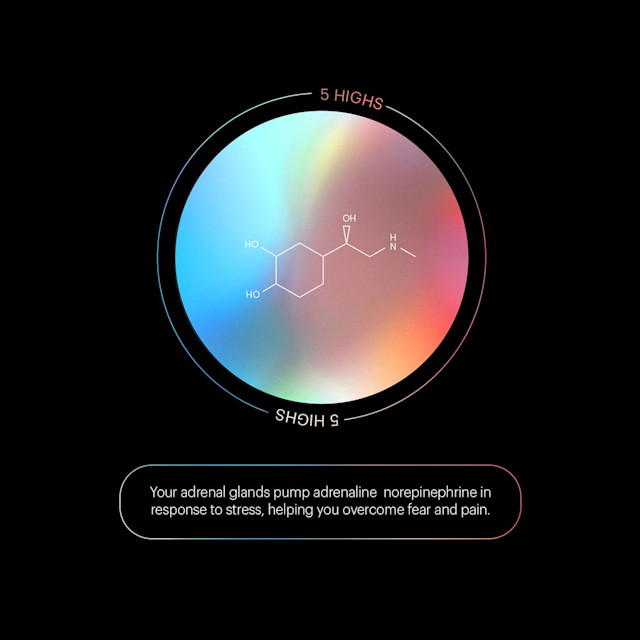
STRESS
Short-term impact: Adrenaline and norepinephrine are pumped from your adrenal glands in response to stress—not just the bad kind, but also the type you feel at the start of a race, the moment before you skydive, or while riding a wave, explains Cidambi. The rush can help you overcome fears, block out pain, redirect blood toward your muscles (thereby increasing strength), sharpen your focus, and relax your airways to give you more oxygen, she says.
In the heat of the moment, though, you might overwork yourself or fail to think things through. The hormones can also leave you exhausted and depleted, Morrison adds. That could be one reason why you feel down after a big race.
Long-term impact: Adrenaline washes out of your body fairly quickly. Chronic surges—which can be brought about by excess caffeine or lack of sleep—can turn into anxiety as well as burnout, Morrison notes.
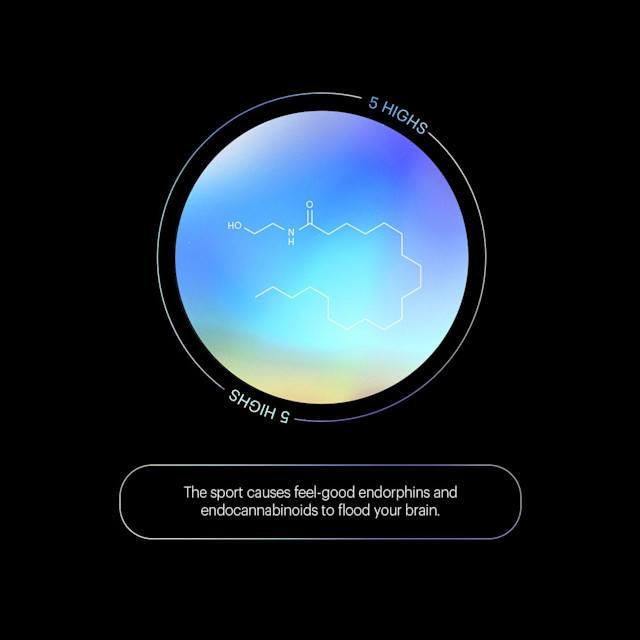
RUNNING
Short-term impact: Once you’re a few minutes in, running causes feel-good endorphins and endocannabinoids to flood your brain, creating a natural, substance-free high, Cidambi explains. Thanks to the pain-relieving perks, you’ll be able to push through tough miles and afterward, you may feel euphoric and less anxious.
Long-term impact: By altering levels of brain chemicals that regulate mood, regular cardio (and even strength training) helps improve depressive symptoms and might even keep them at bay. Allow time for recovery and repair to reap the most benefits and avoid overtraining, reminds Morrison.
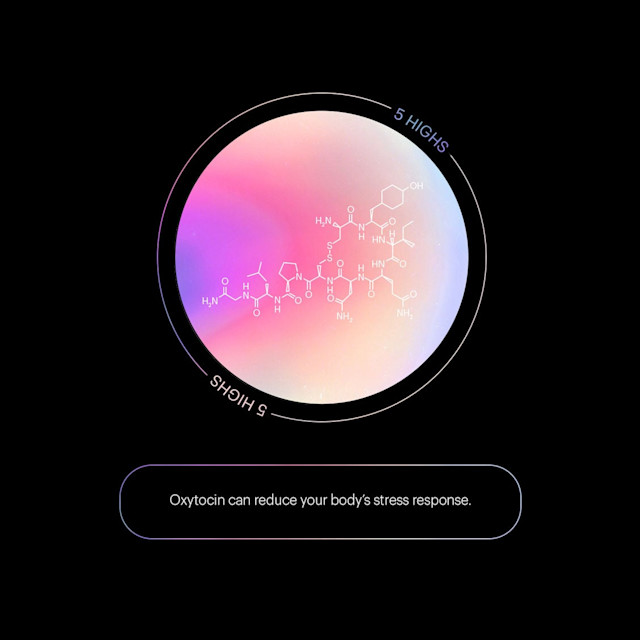
LOVE
Short-term impact: Produced in the hypothalamus of the brain, oxytocin is released in response to hugging, having sex, giving birth, or petting a dog. It can reduce your body’s stress response, improve mood, allow you to connect more closely with others, and even lead you to be more trusting.
Long-term impact: One study found that old mice injected with oxytocin were able to regenerate more muscle fibers, implying that the hormone has rejuvenating and restorative effects. Separate research suggests people with pets and those who are happily married live longer, further proving that love can make youth last.